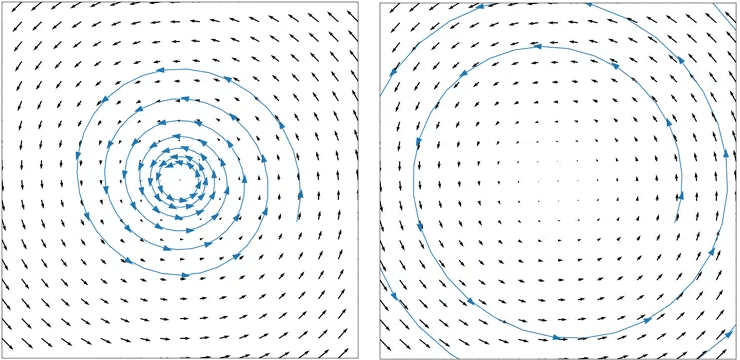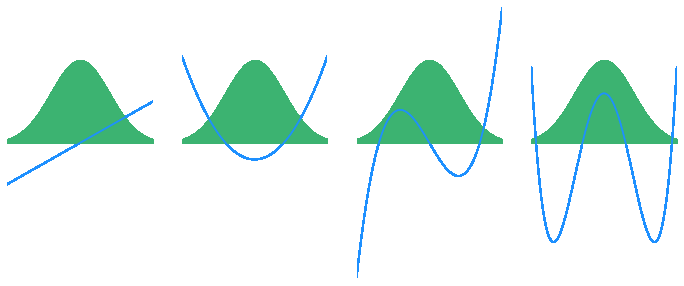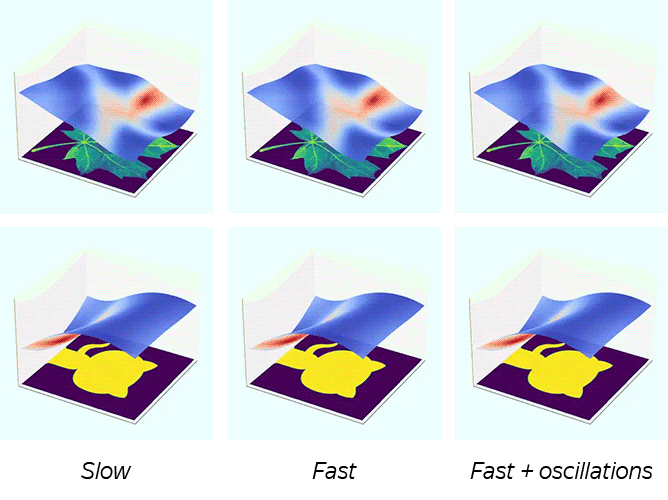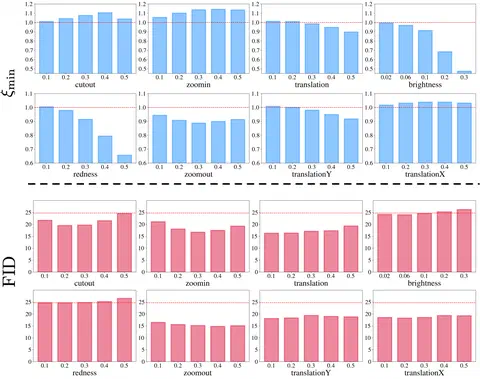
Figure taken from Training Generative Adversarial Networks by Solving Ordinary Differential Equations








@inproceedings{khrulkov2021functional,
title={Functional Space Analysis of Local GAN Convergence},
author={Khrulkov, Valentin and Babenko, Artem and Oseledets, Ivan},
booktitle={International Conference on Machine Learning},
year={2021}, organization={PMLR}
}